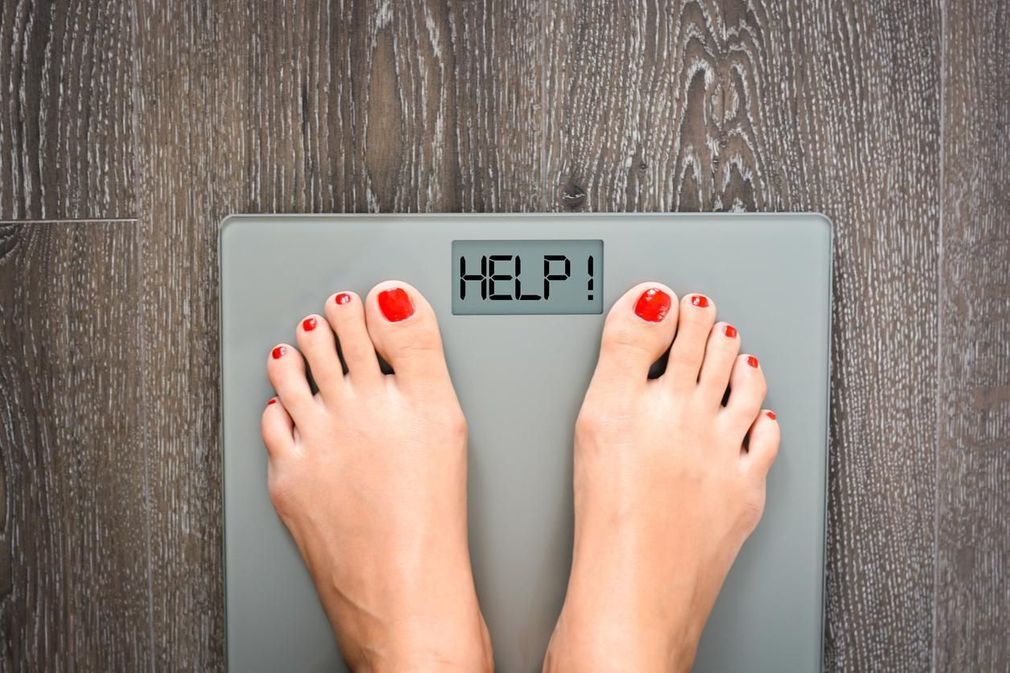
Do you want to lose weight without sacrificing your eating pleasures? The 30-30-30 method can help you with this. It consists of eating thirty grams of protein in the first thirty minutes after waking up and then doing thirty minutes of exercise.
This morning routine, popularized by Timothy Ferris in his book “The 4-Hoour Body”, recently made waves again on TikTok via biologist Gary Brecka. It involves integrating 30 grams of protein into your breakfast, consumed 30 minutes after waking up, followed by 30 minutes of low-intensity exercise. All without having to impose a restrictive diet or count calories. This method is a variation of the initial rule, which was to reduce your caloric intake by 30%, take 30 minutes to consciously enjoy your meal with 30 minutes of physical exercise.
On TikTok, the hashtag #30-30-30 rule weight loss rule has nearly 80 million views. Some users claim to have lost several kilos in just a few days, like coachdhealth who testifies: “I lost two and a half kilos in three days using this method“. is this 30-30-30 rule scientifically based, or is it just a myth?
Satiety thanks to proteins
Is eating a protein-rich breakfast within 30 minutes of waking up really effective for weight loss? “There is plenty of scientific evidence that eating more protein, especially at breakfast, can help reduce calorie consumption during the rest of the day because protein helps you feel fuller for longer“, explains Josten Fish, registered dietitian, to Health.
“A breakfast high enough in protein can help stabilize blood sugar and combat insulin resistance, a cause of stubborn weight loss“, adds Michelle Routhenstein, dietitian nutritionist and cardiology dietitian. Proteins are found in eggs, oats, lean meats, fish, lower-fat dairy products (Greek yogurt, cottage cheese), nuts, etc.
Low intensity exercises
When it comes to low-intensity exercise, the method recommends low-intensity cardio exercises (around 135 beats per minute or below) like brisk walking, cycling, swimming, and using an elliptical trainer are so many options. However, exercising 30 minutes after a meal may not be the best idea according to Tara Schimdt, chief dietitian at the Mayo Clinic, when asked by Today: “Any physical exercise helps lower blood sugar, so it is absolutely beneficial. But I don’t think we have many studies to support that exercise should be done that quickly after a meal”.
As for the intensity of the exercises, Jason Machowsky, exercise physiologist and dietician, specifies that it would not “burn fat” strictly speaking. ““Low-intensity exercises burn a higher percentage of calories from fat,” he explains. But higher-intensity exercises can burn more calories overall.”. According to the expert, the key factor for losing weight remains the calorie deficit, that is, burning more calories than you consume.
Regarding the time of exercise, doing it in the morning seems ideal for health. As proof: a recent study published in the journal Obesity found that exercising between 7 a.m. and 9 a.m. could help with weight loss. However, it is important to note that the effectiveness of the 30-30-30 method will depend on each individual’s baseline activity level and current habits.

